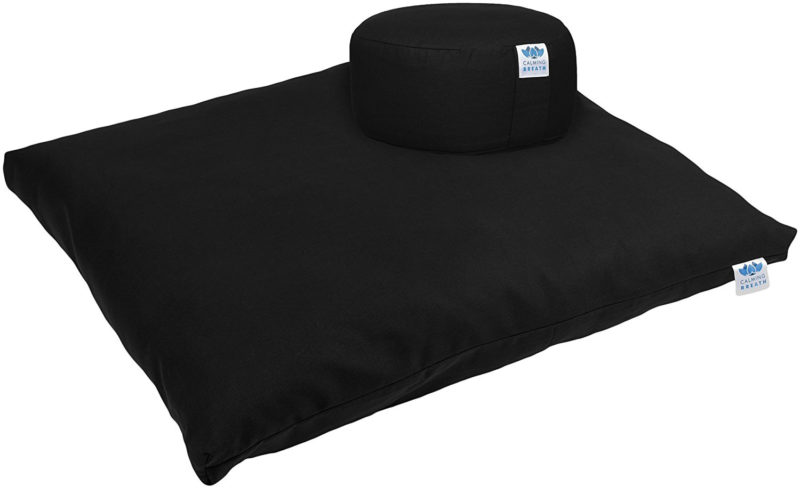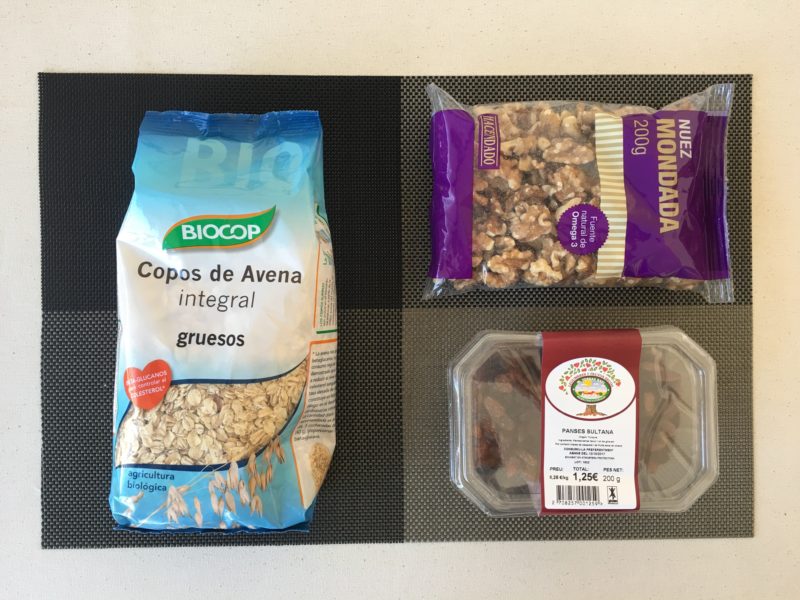Here’s a textual description of the Tony Robbins morning priming technique. Tony uses this technique every morning and I’ve been trying it out myself for the last few weeks. It’s truly powerful.
There are three parts of three minutes each in this priming exercise.
Phase 1 – Breathing
Tony uses an adaptation of Kapalabhati Pranayama for his breathing exercise.
- Get in a comfortable, seated, position. Close your eyes.
- With your arms raised above your head, breathe deeply through your nose.
- Lower your arms and blow out through your nose as your arms are coming down.
- Repeat for 30 breaths.
- Rest for 10 seconds. Feel your body and any sensations.
- Repeat the set for 3 times.
Phase 2 – Gratitude
- Put your hands on your heart and feel it beating.
- Breathe in and feel the blood rushing through your body.
- Think of 3 moments or people that you can feel deeply grateful for. Feel what you felt and see what you saw, make it real.
Phase 3 – Goal setting
Focus on three important goals that you have for the next day, month or year. He calls it Three to thrive.
Will you try it out? Let me know how it goes!
If this doesn’t work for you, another breathing exercise I like is the one recommended by Dr. Andrew Weil. You can find more information about his 4-7-8 technique here and here.












